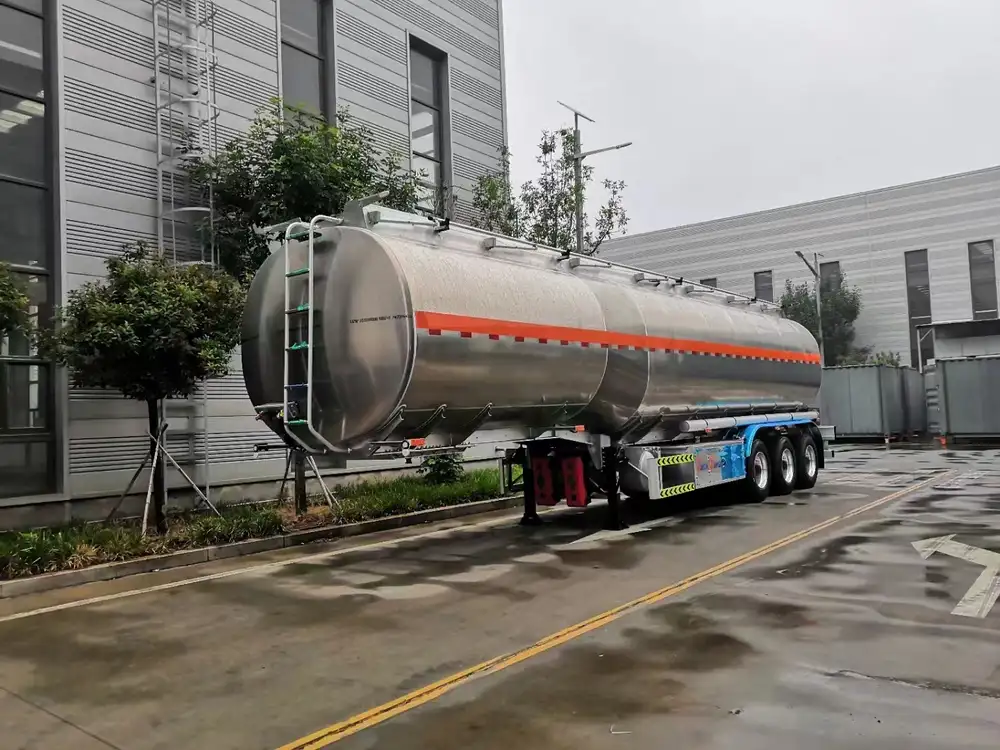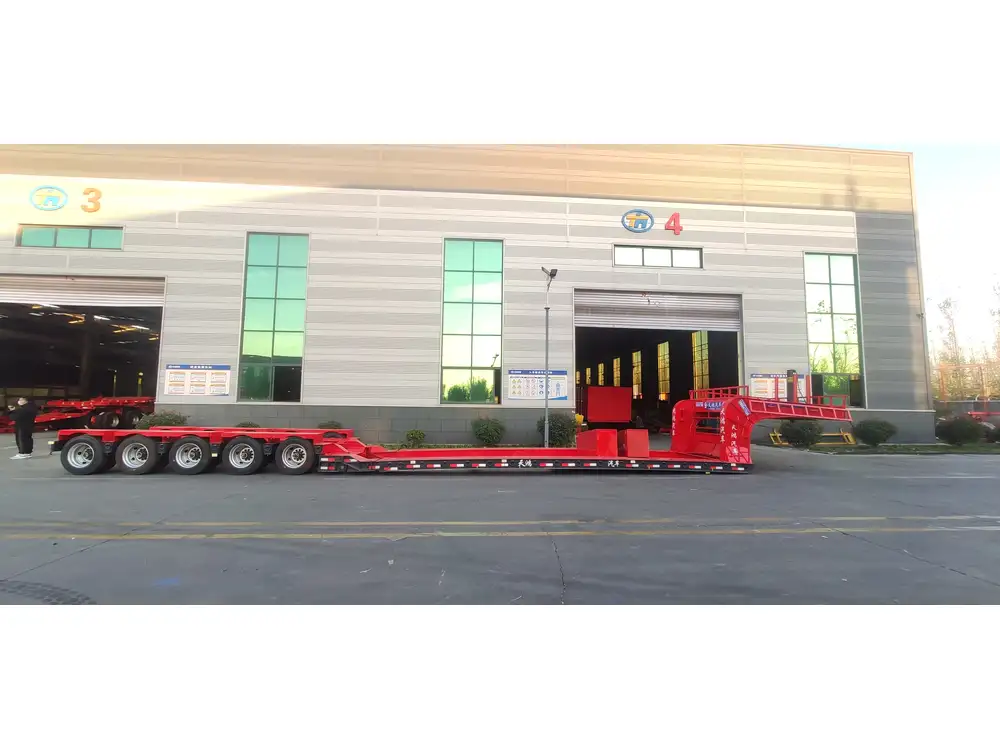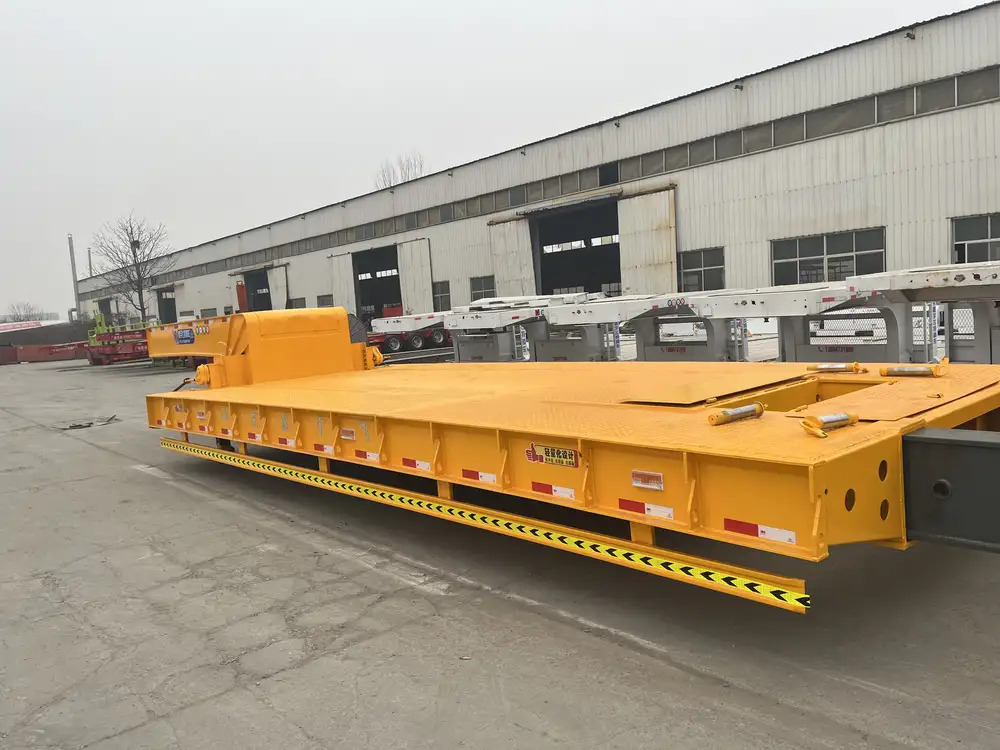When transporting materials, the capacity of your dump trailer is vital to ensuring efficiency and effectiveness. For logistical planning, understanding how many yards a 17-foot dump trailer can carry is essential. This article delves deeply into this topic, addressing common questions, calculations, comparisons, and practical applications.
Dump Trailer Dimensions and Design
What is a Dump Trailer?
A dump trailer is a specialized type of trailer designed for transporting loose materials, such as sand, gravel, and dirt. It features an open-top and a hydraulic or mechanical lifting system that allows the bed to tilt backward, facilitating the unloading process.

Specifications of a 17-Foot Dump Trailer
Here’s a quick overview of a typical 17-foot dump trailer:
| Feature | Specification |
|---|---|
| Length | 17 feet |
| Width | 6 to 8 feet (varies by model) |
| Height (sides) | 2 to 4 feet |
| Maximum Load Capacity | 10,000 to 15,000 pounds (dependent on trailer type) |
The dimensions of a dump trailer significantly impact its payload capacity, which we will explore in detail.
Calculating Capacity: How Many Yards?
Volume Basics
To comprehend how many yards a 17-foot dump trailer can hold, it’s crucial to understand the calculations involved in determining the cubic volume of the trailer’s bed.
- Length: 17 feet
- Width: Assuming an average width of 7 feet (common for dump trailers)
- Height: Let’s assume an average height of 3 feet for material load.
The cubic volume can be calculated as follows:
[ \text{Cubic Feet} = \text{Length} \times \text{Width} \times \text{Height} ]Substituting the values:
[ \text{Cubic Feet} = 17 \, \text{ft} \times 7 \, \text{ft} \times 3 \, \text{ft} = 357 \, \text{cubic feet} ]
Converting Cubic Feet to Cubic Yards
Since material quantities are often expressed in cubic yards, we need to convert cubic feet into cubic yards. This is accomplished by dividing the cubic feet by 27 (the number of cubic feet in a cubic yard):
[ \text{Cubic Yards} = \frac{\text{Cubic Feet}}{27} = \frac{357}{27} \approx 13.2 \, \text{cubic yards} ]Practical Considerations
While the theoretical calculation provides a good estimate, real-world conditions can affect your dump trailer’s capacity. Key considerations include:
- Weight Load: The weight of the materials being transported, which must align with the manufacturer’s specifications to prevent overloading.
- Material Density: Different materials have different densities. For instance, a yard of dirt weighs around 2,000 pounds, whereas a yard of gravel weighs about 1,200 pounds.
Types of Materials and Their Capacity
Different materials will yield different results when loaded into your dump trailer. Here’s a brief comparison of common materials and their average cubic yard weight to help you manage load efficiently.
| Material | Weight Per Cubic Yard | Approximate Yards in a 17-Foot Dump Trailer |
|---|---|---|
| Dirt | 2,000 lbs | 13.2 (approx. 26,400 lbs total weight) |
| Gravel | 1,200 lbs | 13.2 (approx. 15,840 lbs total weight) |
| Sand | 1,600 lbs | 13.2 (approx. 21,120 lbs total weight) |
| Mulch | 400 lbs | 13.2 (approx. 5,280 lbs total weight) |

Factors Influencing Overall Capacity
Several external factors can influence the maximum carrying capacity and efficiency of a 17-foot dump trailer:
- Load Distribution: Evenly distributing weight helps maintain stability during transit.
- Legal Weight Limits: Familiarize yourself with local laws mapping allowable weight limits for trailers and vehicles. Ensure your total weight (trailer + load) complies with these regulations.
- Trailer Structure: The material and design of your trailer can affect durability and weight considerations, which in turn influences the volume of materials you can safely transport.
Practical Uses of a 17-Foot Dump Trailer
Construction and Landscaping
Dump trailers are invaluable on construction or landscaping sites, where constant transport of materials like soil, gravel, or debris is necessary. Their capacity allows for efficient multiple trips, reducing downtime and enhancing project timelines.

Waste Management
In waste management, 17-foot dump trailers efficiently collect and transport yard waste and construction debris to landfills or recycling centers.
Agriculture
For agricultural applications, these trailers can transport feed, crop materials, or other bulk products to and from farm locations, optimizing resource distribution.
Comparative Analysis with Other Trailer Sizes
Understanding the capacity of a 17-foot dump trailer becomes more meaningful in comparison to other standard sizes.

Common Trailer Capacities
| Trailer Size | Approx. Cubic Yards | Use Case |
|---|---|---|
| 12-Foot Dump Trailer | 8.9 | Small residential projects |
| 14-Foot Dump Trailer | 10.2 | Medium landscaping projects |
| 16-Foot Dump Trailer | 12.0 | General construction projects |
| 17-Foot Dump Trailer | 13.2 | Versatile for larger loads |
| 20-Foot Dump Trailer | 16.5 | Prolonged construction or demolition |
Choosing the Right Trailer
The appropriate trailer size ultimately depends on the scale and frequency of your projects. For smaller, one-off jobs, a smaller trailer may suffice. However, for more extensive or regular tasks, investing in a 17-foot dump trailer could lead to greater efficiency.
Conclusion: Maximizing Your Dump Trailer Efficiency
Understanding the load capacity and configuration of a 17-foot dump trailer is pivotal for maximizing productivity. By actively calculating how many yards a trailer can carry and taking into consideration the types of materials, legal limits, and practical applications, users can streamline operations and ensure safety.

Recommendations
- Regular Maintenance: Ensure your trailer is regularly inspected and maintained to preserve its structural integrity and functionality.
- Load Management: Always monitor loads for compliance with regulations and for even weight distribution to prevent accidents during transport.
- Educate Your Team: Train staff on best practices for loading, transporting, and unloading materials to minimize risks and promote safety.
Final Words
Efficiently utilizing a 17-foot dump trailer can foster significant improvements in construction, landscaping, and waste management operations. Understanding its capacity in terms of yards will facilitate better project planning and material handling, ultimately leading to enhanced productivity and reduced downtime. By leveraging the information provided here, operators can make informed decisions that not only maximize efficiency but also contribute to overall safety and compliance.



